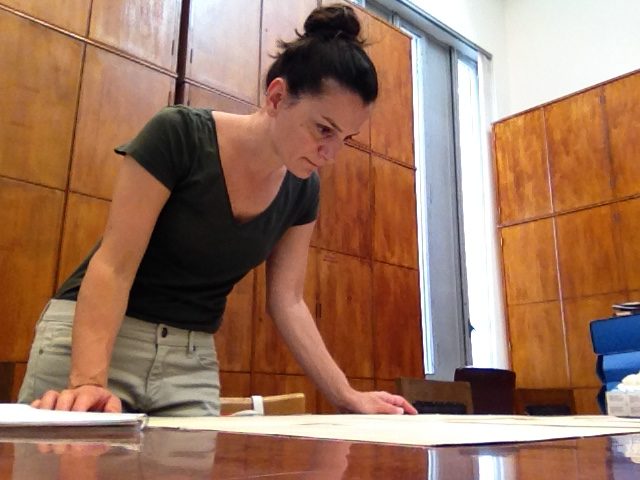CIMA’s 2017-18 Travel Fellow was Valeria Federici, a PhD candidate In Italian Studies as well as an MA student in History of Art and Architecture at Brown University. Her interdisciplinary PhD thesis project, entitled “Network culture in Italy in the 1990s and the making of a place for art and activism,” explores how contemporary art practices, political activism, and information technology intertwine. For her travel fellowship she conducted research for her dissertation in archives and other sources in Florence, Prato, Rome, and Venice. In particular, she focused on studying the transformation of a former military fort located in Rome into a site for art and activism, through three spatial narratives—geographical, political, and relational.
Art in the fortress: spatial narratives of Forte Prenestino in Rome, Italy
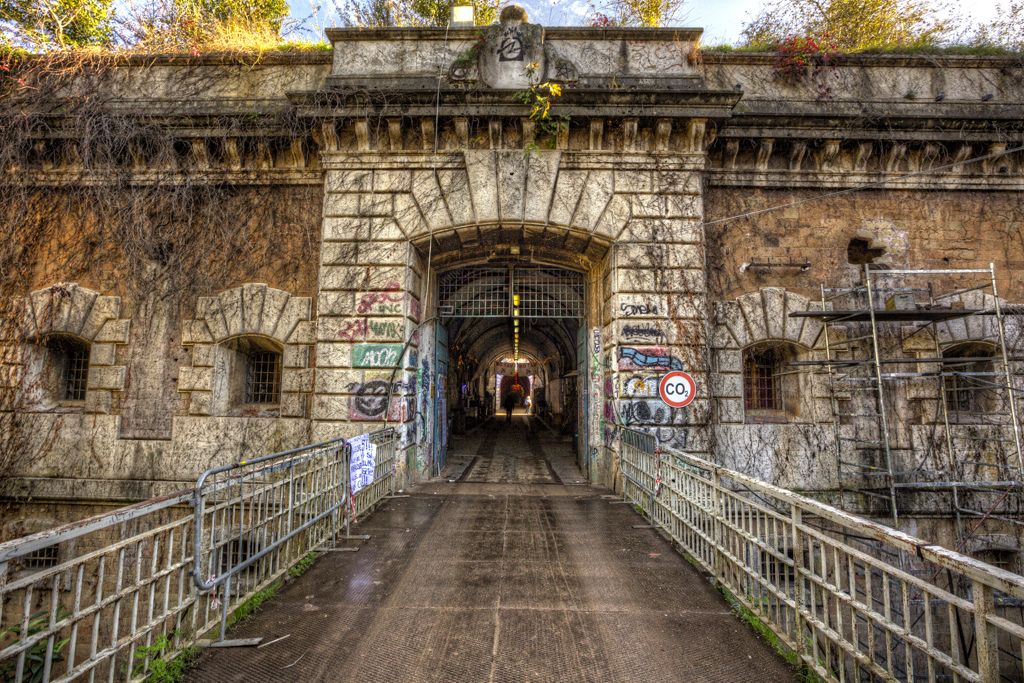
Forte Prenestino was once Forte Prenestina, named after Via Prenestina, the road on which it was erected. It is one of fifteen fortifications built between 1877 and 1900 as part of a defense strategy after Rome was finally annexed to the newly formed Kingdom of Italy and became its capital.
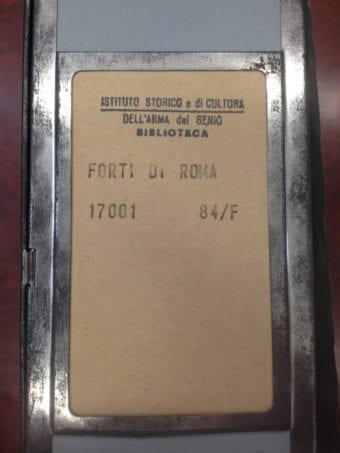
The development of new artillery weapons, along with the rapid expansion of Roman borgate, soon made a defensive strategy based on a system of forts obsolete. Divested of its original function, Forte Prenestina was used as an armory during World War II, and then passed from state to municipal authority in the 1970s. While the neighborhoods around it continued to grow untidily throughout the 1960s and 1970s, this 19th-century construction that includes a moat, a drawbridge, a hundred cells, and two parade grounds, has been lying idle at the periphery of the city, detached from its overflowing surroundings “like a stumbling rock in a river.”
Today Forte Prenestino is a social center—or better a C.S.O.A., which stands for Centro Sociale Occupato Autogestino: self-managed squatted social center. Social centers (centri sociali) started to appear in Italy in the 1970s following the model of German Gemeinschaften, or youth communes. They emerged as a result of the formation of the Autonomist concept of the refusal of labor, which marked a significant turn in the history of Marxist political thought. However, within the context of my analysis, it is important to note that some participants joined these spaces for their commitment to sociality and art-making more than for their politics. In an interview Valerio Bindi, curator of Crack! Fumetti Dirompenti Festival, affirms that the “Forte is more an artistic expression than a political one.”
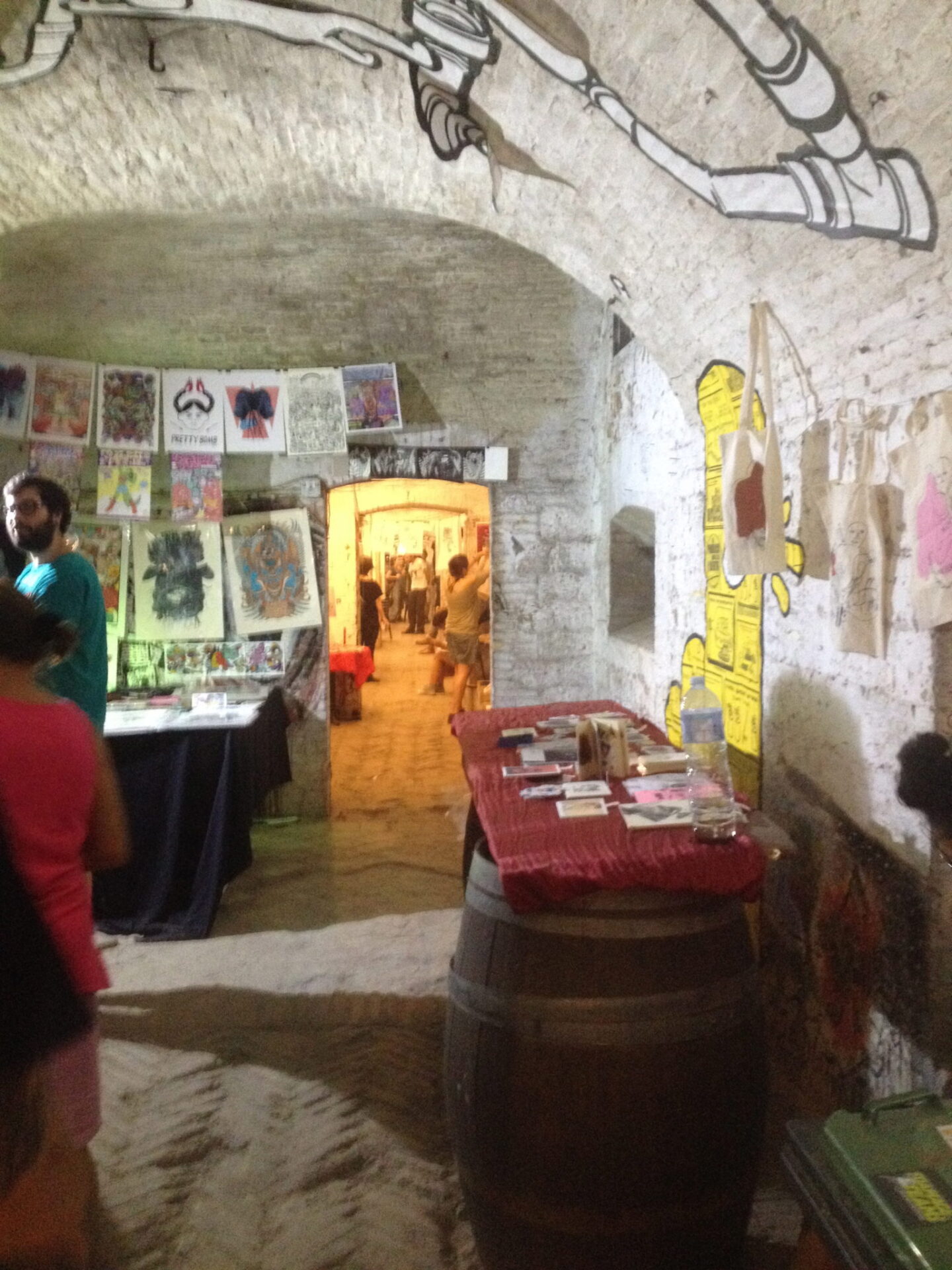
In the self-published book Fortopìa, Storie di amore and autogestione, the collective that runs the Forte compiled 400+ pages of personal accounts and narratives about the social, political and artistic experience of Forte’s goers. In the volume, it is possible to sense how its participants respond to this place, its presence, and its significance within the cultural and urban context of 1990s Rome and its periphery. Some scholars framed the life conditions of Roman periphery within colonization discourses and compared the margins of the Urbe to the outskirts of the “spontaneous cities” of developing countries. Others have rejected the utopic ideal of modern unity led by rational urbanism and tend to consider the architectural abusivismo that characterized these areas as a necessity. However, for others, the striking difference and perceived distance from cultural offerings have contributed to the appearance of local initiatives that led to the reclamation of abandoned spaces and their transformation into places by and for the community.
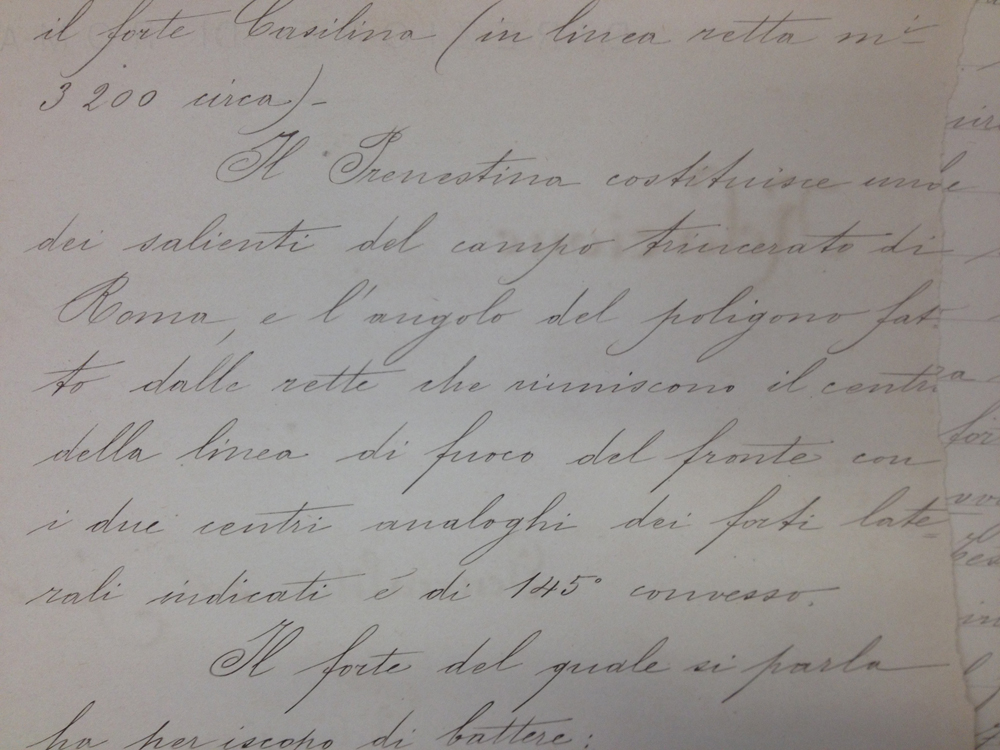
Forte Prenestino sits at the center of these kind of creative projects rising from the intersection of artistic experimentation and political engagement, through which it has been able to reconcile the locality of its participants with the trans-locality of a community outside of the cultural and physical boundaries of a secluded neighbourhood.
In 2015, the ArchiDIAP—a project of the Department of Architecture of the Universita’ degli Studi La Sapienza in Rome—included Forte Prenestina in its online catalogue of Roman buildings, with a description and two videos, one showing the system of defensive forts around the city, the other showing how the spaces of Forte Prenestina are used by the C.S.O.A. Forte Prenestino (in English and Italian).
Thanks to the CIMA Travel Fellowship, my investigation started at the Archives of the Institute of Historical and Cultural Corps of Engineers where the original documents of the making of Forte Prenestina are preserved. My research continued throughout 2017-2018 academic year.
